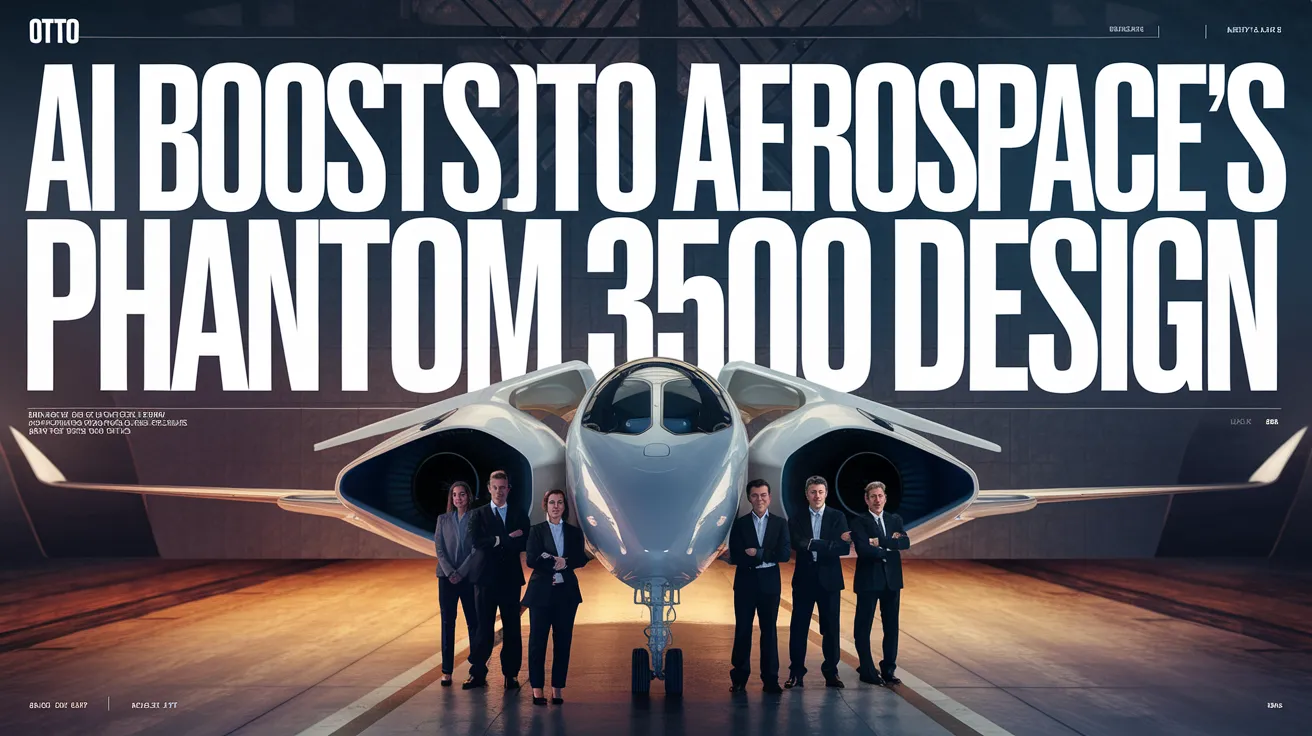AI Boosts Otto Aerospace’s Phantom 3500 Design

Otto Aerospace has made significant strides in aerodynamics with the introduction of a proprietary AI model designed to expedite the configuration of laminar-flow airfoils and various design features of the Phantom 3500 light jet. This innovative approach aims to deliver midsize-jet performance by utilizing Luminary Cloud’s GPU-accelerated Physics AI platform alongside its Shift-Wing physics model, specifically targeting the aerodynamic analysis of transonic wings.
Powering the Phantom 3500 will be two Williams International FJ44 turbofans, arranged conventionally on the jet’s rear fuselage. The first flight is anticipated in 2027, with FAA certification projected for 2030. Notably, the Phantom 3500 will have a maximum takeoff weight of 19,000 pounds and is expected to cruise at FL510. It is designed to offer a range suitable for NBAA IFR operations—3,200 nautical miles with four passengers and a 100-nautical-mile alternate.
A distinctive feature of the Phantom 3500’s design is its cabin, which lacks windows. This design choice is made to enhance aerodynamic smoothness, ensuring better performance during flight. Instead of traditional windows, passengers will enjoy views from large screens that showcase the outside world and other scenic vistas.
According to Obi Ndu, Otto Aerospace’s chief information and digital officer, the Phantom 3500 program has been bolstered by extensive high-fidelity simulations and wind tunnel test data. He emphasizes the belief that the future of aircraft design is rooted in the synergy between artificial intelligence and fundamental design principles. The computational resources and infrastructure provided by Luminary’s platform enable the rapid training of an AI model tailored for the next generation of laminar flow aircraft, highlighting Otto’s forward-thinking approach to aviation design.